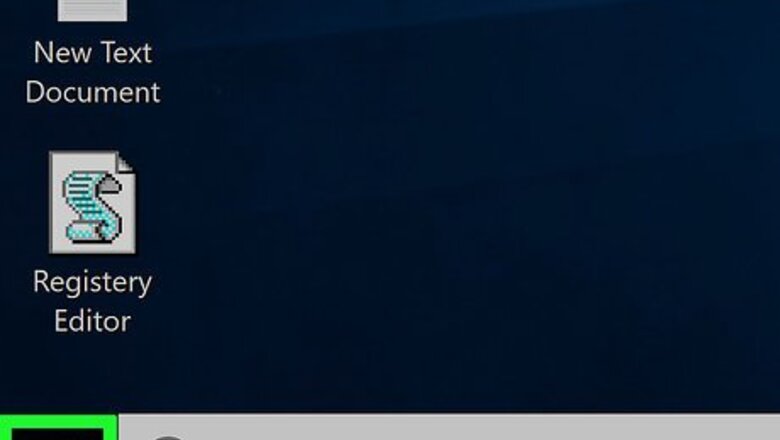
views
On Windows

Open Start Windows Start. Click the Windows logo in the bottom-left corner of the screen.

Open Settings Windows Settings. Click the gear-shaped icon in the lower-left side of the Start window.
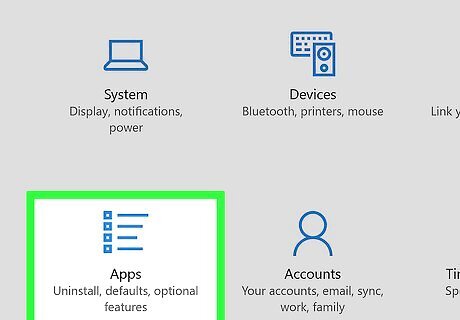
Click Apps. It's in the Settings window. Doing so opens a list of your currently installed apps. If you don't see a list of your currently installed apps, make sure that you're on the right tab by clicking Apps & features in the upper-left side of the window.
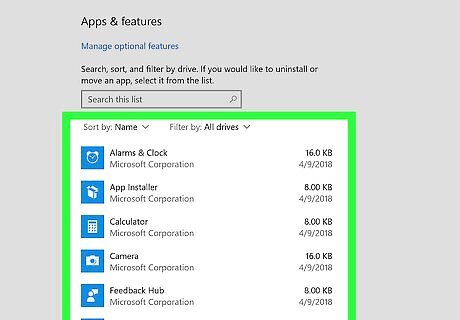
Scroll down to the McAfee option. You'll find the "McAfee® Total Protection" heading in the "M" section of the menu.

Click McAfee® Total Protection. Doing so expands the heading.

Click Uninstall. It's below the "McAfee® Total Protection" heading.
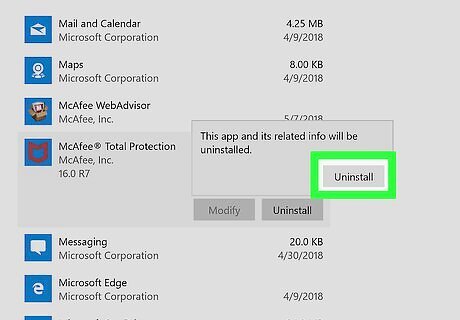
Click Uninstall when prompted. You'll see this option above the first Uninstall option.

Click Yes when prompted. This will take you to the McAfee uninstall wizard.
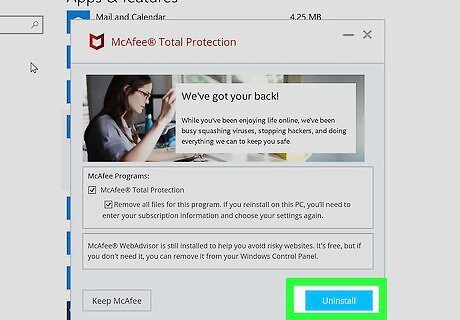
Complete the uninstallation form. Once McAfee's uninstall wizard opens, complete it by doing the following: Check the "McAfee® Total Protection" box. Check the "Remove all files for this program" box. Click the blue Uninstall button. Click Uninstall again when prompted.

Click Restart now. Once McAfee finishes uninstalling, you'll be prompted to restart your computer. This will complete the uninstallation process and remove McAfee from your computer. You can click Restart later to restart your computer manually at a different time, but keep in mind that the uninstallation process won't be complete until you restart the computer.

Re-enable Windows Defender if necessary. If you haven't restarted your computer, Windows Defender (the default Windows antivirus protection) may still be turned off. While it will eventually turn itself back on, you can speed up the process by doing the following: Open Start Type in windows defender Click Windows Defender Security Center Click Turn on if possible. If you instead see green checkmarks (not red Xs) next to the different security icons on the dashboard, Windows Defender is enabled.
On Mac
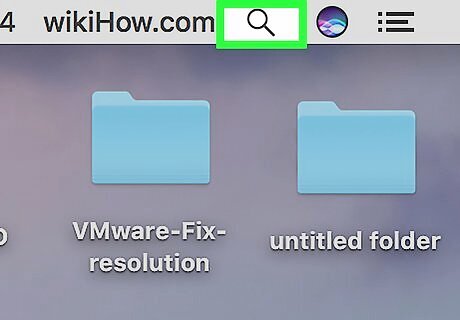
Open Spotlight Mac Spotlight. Click the magnifying glass-shaped icon in the top-right corner of the screen to do so. A search bar will open in the middle of the screen.

Search for Terminal. Type terminal into the search bar in the middle of the screen.
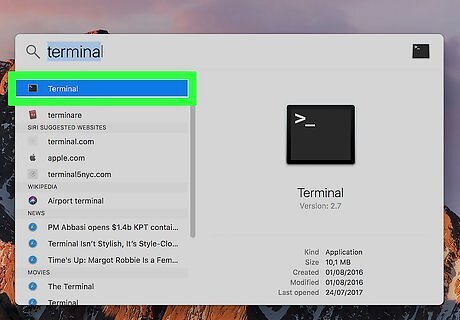
Open Mac Terminal Terminal. Once it appears, double-click the Terminal result. This will open the Terminal window.

Enter the uninstall command. Type in sudo /Library/McAfee/cma/scripts/uninstall.sh and press ⏎ Return.
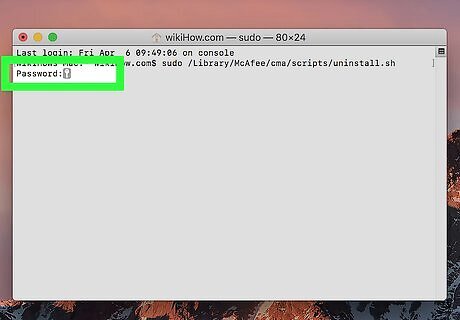
Enter your administrator password if prompted. If you see a "Password" line appear, type in the password that you use to log into your Mac's administrator account, then press ⏎ Return.

Follow any on-screen prompts. While the uninstall command should prompt McAfee to begin uninstalling automatically, you may have to confirm the uninstallation by navigating through a pop-up window.

Restart your computer. Once McAfee indicates that is has been uninstalled successfully, you'll want to restart your computer to complete the process: Click the Apple menu Mac Apple Click Shut Down... Click Shut Down when prompted.













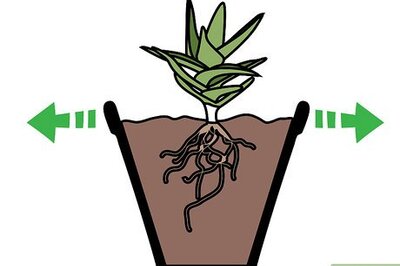




Comments
0 comment